Prehistoric animals have always captured our imagination with their awe-inspiring size, ferocious nature, and unique adaptations. These creatures that once roamed the Earth millions of years ago are a testament to the incredible diversity of life that has existed throughout history. In this article, we will delve into the world of prehistoric beasts and explore the top 7 scariest creatures that ever lived. Get ready to encounter ancient predators that will send shivers down your spine!
You may also want to read about the top 8 apex predators.
But what are the scariest prehistoric animals that ever existed?
7. Helicoprion
Imagine a shark-like fish with a bizarre spiral-shaped jaw. That’s Helicoprion for you! This prehistoric creature, which lived around 290 million years ago, had a set of teeth that formed a whorl inside its mouth. This unique adaptation allowed Helicoprion to slice through its prey with precision. The exact purpose and mechanics of its jaw remain a mystery, adding to its enigmatic nature. With its razor-sharp teeth and predatory prowess, Helicoprion was undoubtedly one of the most fearsome creatures of its time.
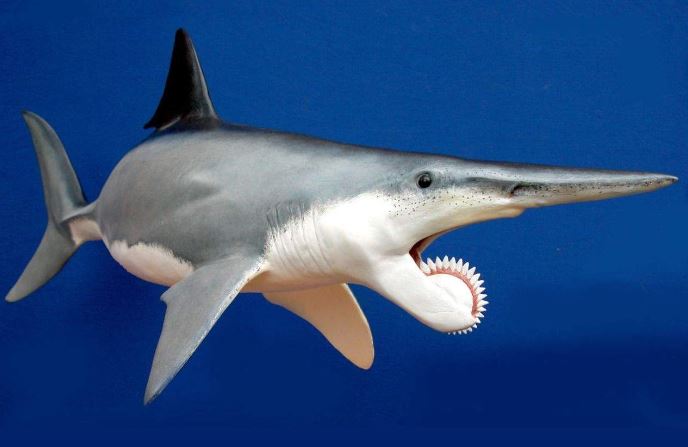
6. Smilodon
Next up is Smilodon, commonly known as the saber-toothed tiger. This iconic predator lived during the Pleistocene epoch and was characterized by its long, curved canine teeth. These impressive fangs could reach up to 11 inches in length! Smilodon was a formidable hunter, using its powerful forelimbs to immobilize prey before delivering a fatal bite. Its intimidating appearance and ability to take down large herbivores make it a true symbol of prehistoric terror.
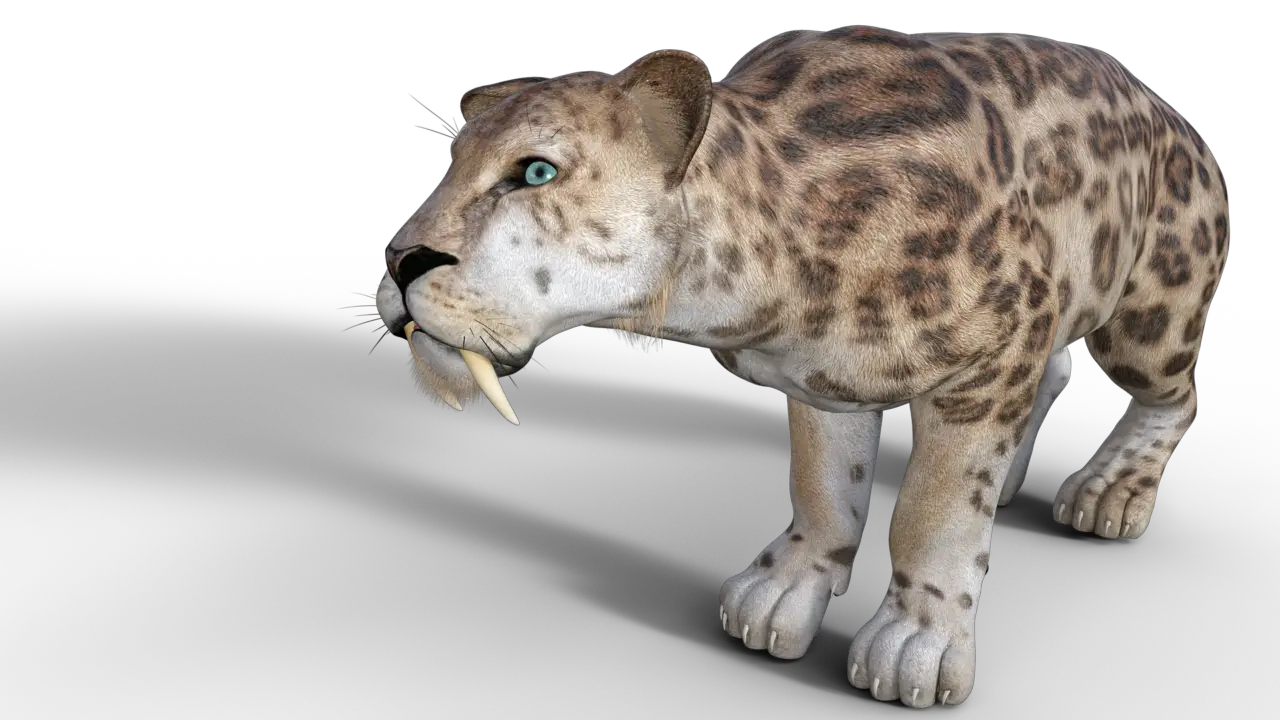
5. Spinosaurus
Prepare to meet one of the largest carnivorous dinosaurs that ever existed: Spinosaurus. This massive predator roamed the Earth approximately 100 million years ago and possessed some unique features. Its most distinctive characteristic was the sail-like structure on its back, believed to have served multiple purposes, including temperature regulation and species recognition. With its long, crocodile-like snout and sharp teeth, Spinosaurus was an apex predator that ruled the ancient waterways.
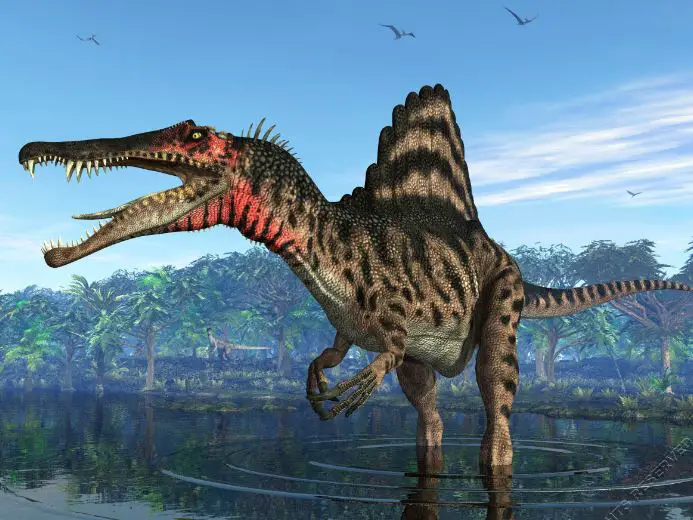
4. Titanoboa
If you have a fear of snakes, then Titanoboa will surely send chills down your spine. This enormous serpent slithered through the swamps of the Paleocene epoch, around 60 million years ago. Measuring up to 42 feet long, Titanoboa holds the record for being the largest snake ever discovered. Its immense size, combined with the ability to constrict its prey, made it an unparalleled predator of its time. Just the thought of encountering this prehistoric behemoth is enough to give anyone nightmares.
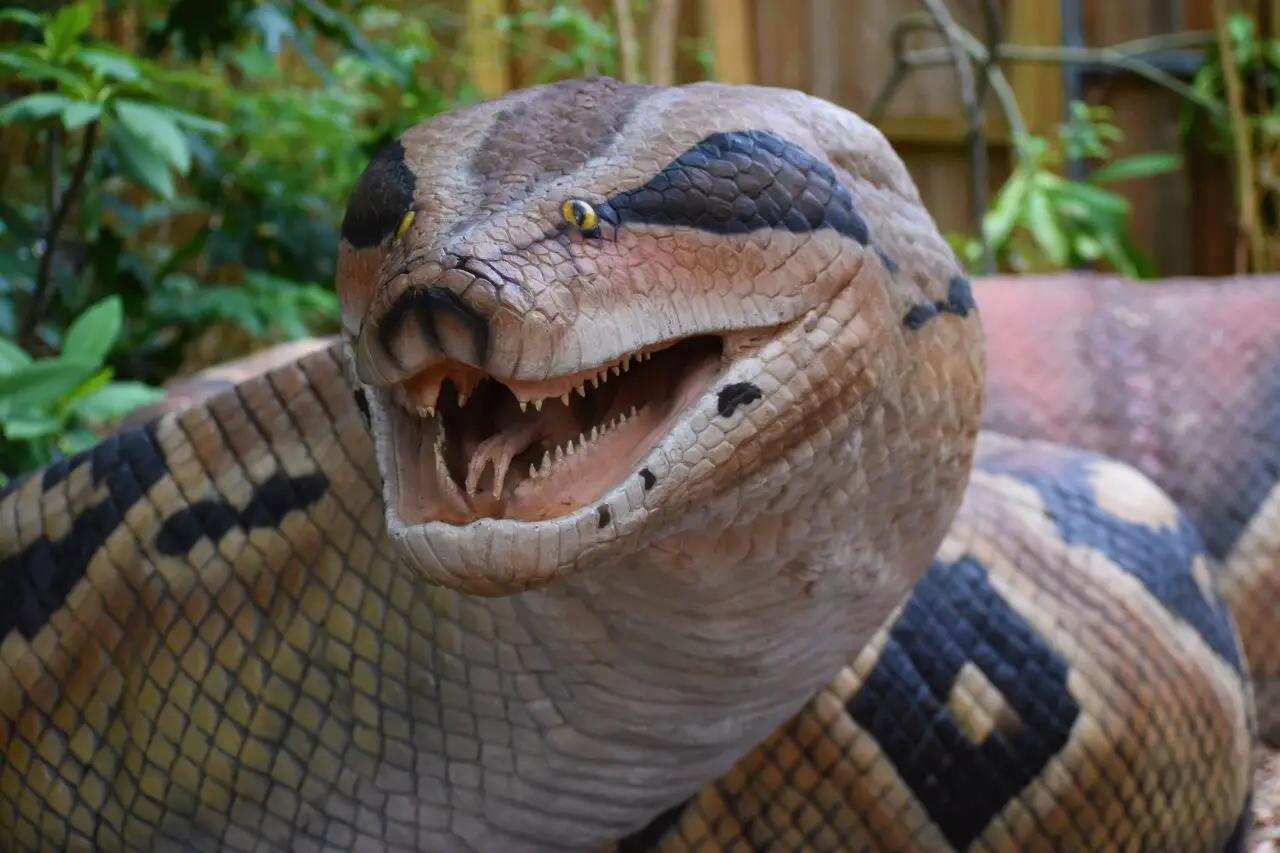
3. Giganotosaurus
Move over, T. rex, because Giganotosaurus is here to claim its place as one of the largest meat-eating dinosaurs. This colossal predator, which lived around 99 million years ago, rivaled the mighty Tyrannosaurus rex in size. With its massive jaws filled with serrated teeth, Giganotosaurus was a fearsome hunter. It likely pursued large herbivores, such as Argentinosaurus, in epic battles of survival. The thought of encountering this towering predator in the prehistoric jungles is enough to make your heart race.
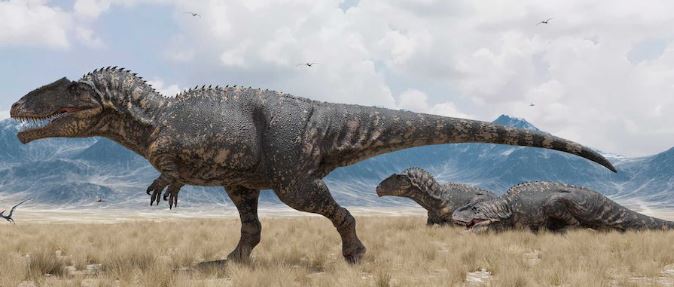
2. Megalodon
Dive into the depths of the ancient oceans and meet the ultimate marine predator: Megalodon. This gigantic shark prowled the seas approximately 23 million to 2.6 million years ago. With teeth measuring up to 7 inches in length, it was capable of crushing through bone and ripping apart prey with ease. Megalodon’s size is the stuff of nightmares, with estimates suggesting it reached lengths of up to 60 feet. Thankfully, this ancient terror is long gone.
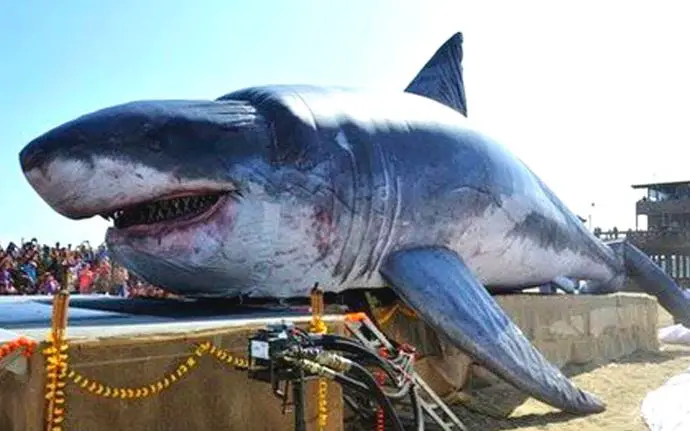
1. Basilosaurus
Last but not least, we have Basilosaurus, an ancient marine creature that resembled a serpentine whale. Despite its name, Basilosaurus was not a true sauropsid reptile but a mammal, and it lived approximately 40 to 34 million years ago. With a length of up to 60 feet, it was one of the largest predatory marine animals of its time. Its long, streamlined body and sharp teeth made it a formidable hunter in the ancient seas. The sight of Basilosaurus gliding through the water would have struck fear into the hearts of any smaller marine creatures.
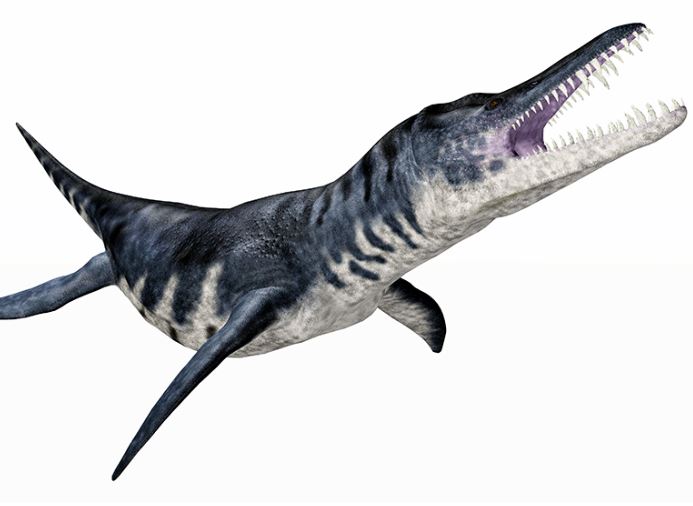
Conclusion
These top 7 scariest prehistoric animals showcase the incredible diversity and ferocity of ancient life on Earth. From the spiral-toothed Helicoprion to the massive Megalodon, these creatures ruled their respective environments with a combination of size, strength, and specialized adaptations. While they may no longer walk the Earth today, their existence serves as a reminder of the fascinating and sometimes terrifying creatures that once inhabited our planet.
Now, let’s move on to answering some frequently asked questions about these prehistoric animals.
FAQs (Frequently Asked Questions)
- Were there scarier prehistoric animals than these?
While the animals listed in this article are undoubtedly some of the scariest, prehistoric Earth was home to a wide array of terrifying creatures. From massive theropod dinosaurs like Tyrannosaurus rex to colossal marine reptiles like Kronosaurus, there were numerous formidable predators in different periods of history.
- Were any of these prehistoric animals related to modern-day species?
Yes, some of these prehistoric animals have modern-day relatives. For example, the Smilodon is believed to be closely related to modern-day big cats, while the Spinosaurus is thought to be a distant relative of modern-day crocodiles and birds.
- Are there any surviving descendants of these prehistoric animals?
While the specific species mentioned in this article are extinct, many modern-day animals have evolved from ancestors that lived alongside these prehistoric creatures. For example, modern-day sharks are distant relatives of the ancient Megalodon.
- Did these prehistoric animals live in the same time period?
No, these prehistoric animals lived in different time periods, spanning millions of years. They each had their own unique ecological niches and existed in different geological eras.
- How do scientists learn about these prehistoric animals?
Scientists rely on a combination of fossil evidence, including bones, teeth, tracks, and preserved remains, to reconstruct the appearance and behaviors of prehistoric animals. They also use advanced imaging techniques and comparative anatomy studies to gain further insights.
Remember, these prehistoric animals may have been terrifying, but they are now part of Earth’s rich history. The fossils they left behind continue to captivate and inspire awe, allowing us to imagine a world vastly different from our own.